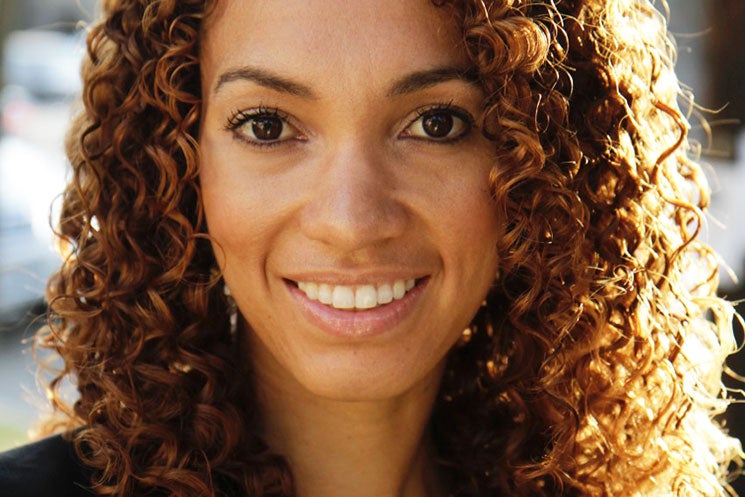
This story originally appeared in the October issue of ESSENCE.
After graduating from law school, Gina Clayton worked in New York City representing underserved communities in eviction cases. In her job, she’d noticed a disturbing pattern: Many of the people she helped—disproportionately Black women—had at least one family member in prison. “The impact [it had on women] I saw was in housing. But there was also the expense of prison visits and the long distance they have to travel, not to mention the cost of raising children when you don’t have a partner,” says Clayton. So, in 2014, she founded the Essie Justice Group in Oakland to help support and create a community for these women.
When most people talk about the criminal justice system, they talk about men who are locked away. Why did you choose to focus on women?
When I was in my first year at Harvard, someone I loved was sentenced to 20 years in prison. You have more than 2.3 million people behind bars today, and around 90 percent are men. If you have all these men in prison, what’s happening to the women? Roughly one in four women has a family member in prison. If you’re a Black woman, the rate is almost one in two. The prevalence is astronomical.
How did you come up with the idea for Essie?
I started setting up informal brunches with women who had incarcerated loved ones to hear more about this experience. These women felt isolated. They would talk about how difficult it was to have someone behind bars—and the stigma. Around this time, I went to my grandmother’s house. I had wanted to name the organization after my great-grandmother Essie, who was born in Louisiana. Her parents were sharecroppers who moved west in search of opportunities and freedom from Jim Crow. When she came to California, she built a foundation on which her family could stand. So I went back to my grandmother and asked her, “How did Essie do it?” She said, “Baby, you know she had sisters.” In that moment, something clicked. She had sisters! It became the strategy we needed for the organization.
So Essie’s mission is to build a sisterhood?
Yes. We’re creating spaces where women can form incredibly strong bonds of sisterhood. To be an Essie Sister, you take a pledge to break the isolation and invisibility. When isolation is broken, mental health improves, access to resources increases and civic participation grows. The program has three pillars: advocating for yourself, advocating for family and advocating for your community.
WANT MORE FROM ESSENCE? Subscribe to our daily newsletter for the latest in hair, beauty, style and celebrity news.
How do women get involved?
We developed a process in which incarcerated men and women can nominate a woman in their lives to take part in the program. Last year we had one woman who reluctantly joined after being nominated, but by the fifth session she was speaking to a body of legislators about the impact incarceration had on her family and urging them to support an elder parole bill, which would make inmates eligible for parole once they’ve reached a certain age. The bill moved out of committee that day. The women who come into Essie want to see change happen, and they want to be part of leading that change.
What’s next for Essie?
Our model is decentralized, which means that no matter where you are, if you are a woman who would like to start a group in her living room or her community center or her place of worship, soon we’ll be able to help make that happen. Today we’re on the precipice of doing a deep dive in four counties in the Bay Area, then Los Angeles, New York City, D.C. and Jacksonville [Florida]. Eventually, you’ll see our network across all 50 states to leverage our collective strength and power. I liken it to the NAACP, which has a similar network model of branches and chapters that have been incredibly successful at effecting systemic and legislative change. That’s our long-term goal.
For more info, visit essiejusticegroup.org.




